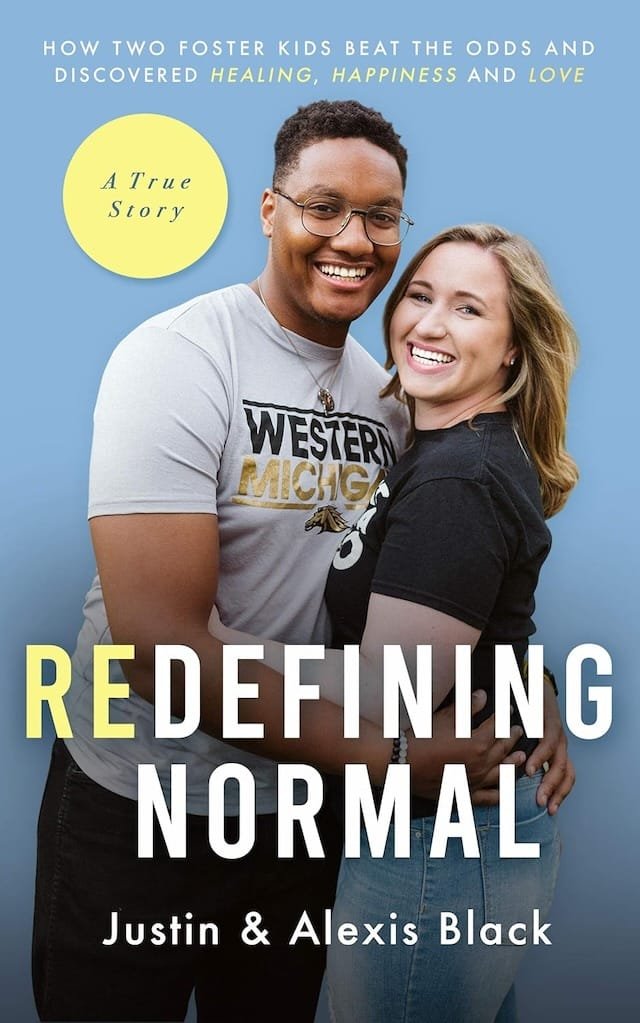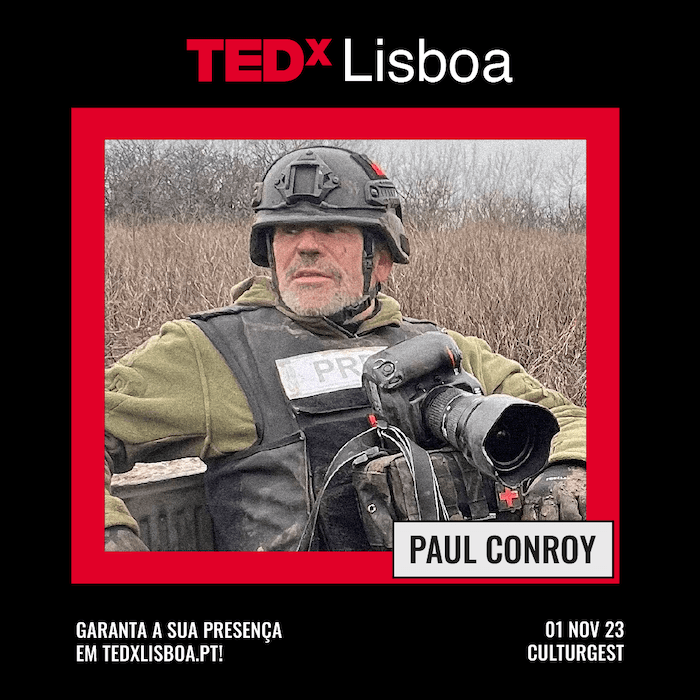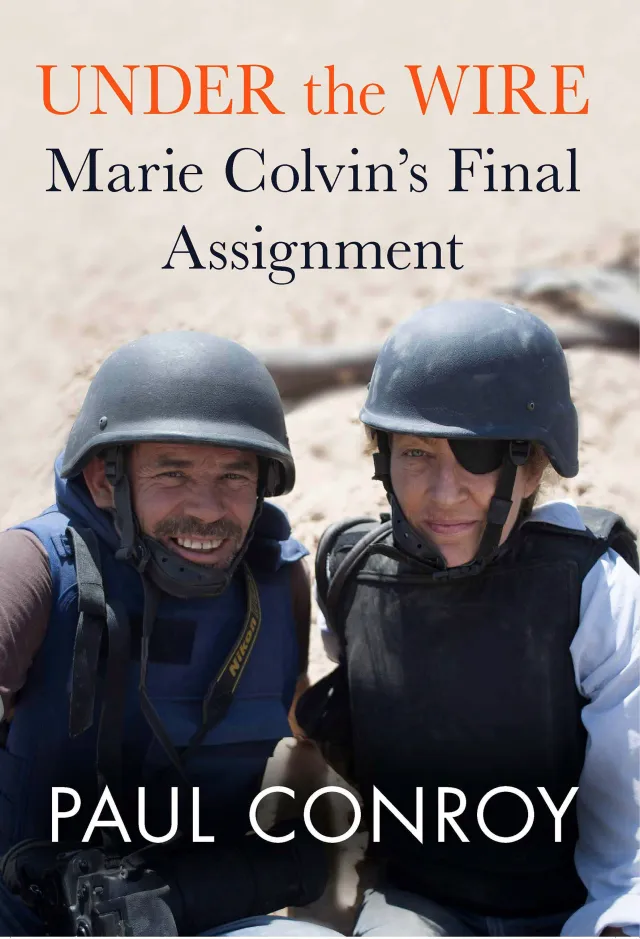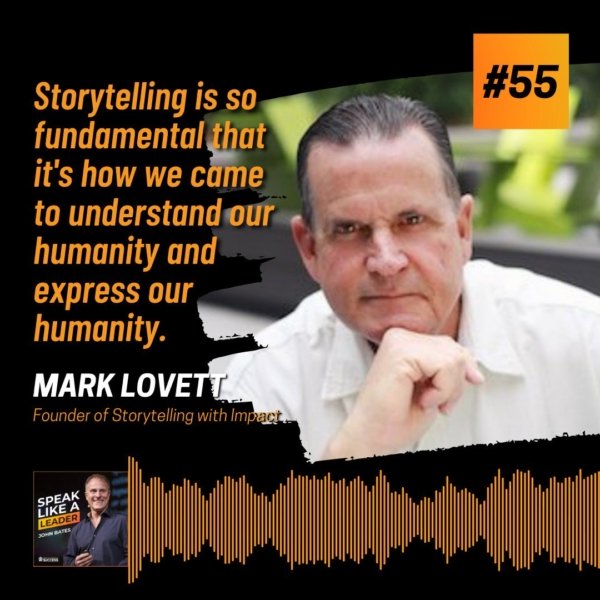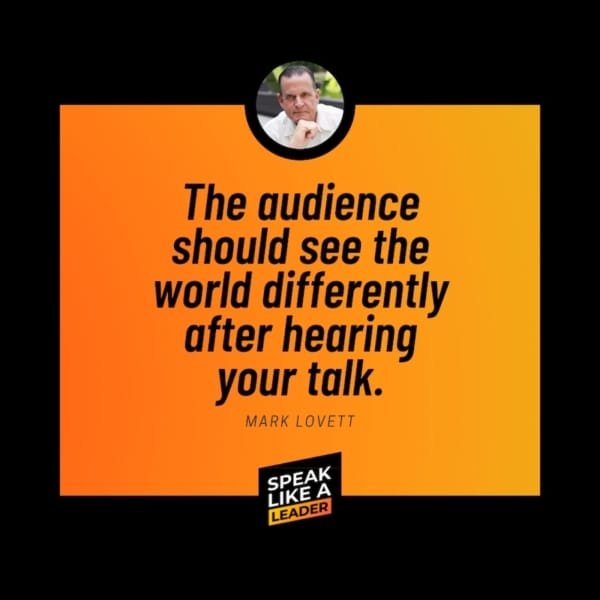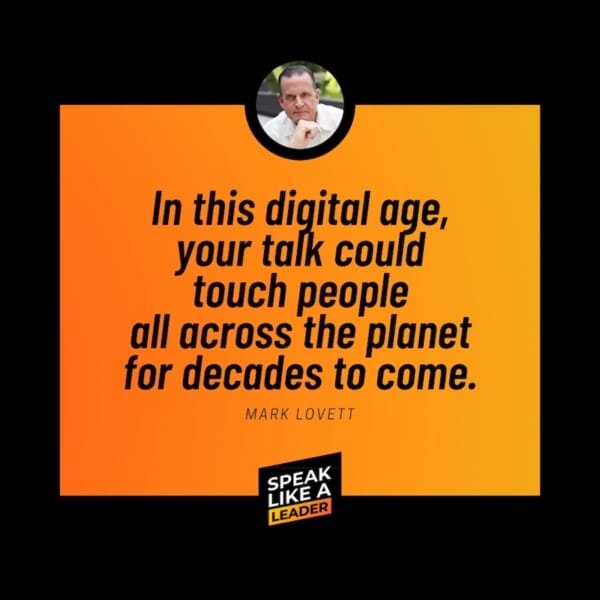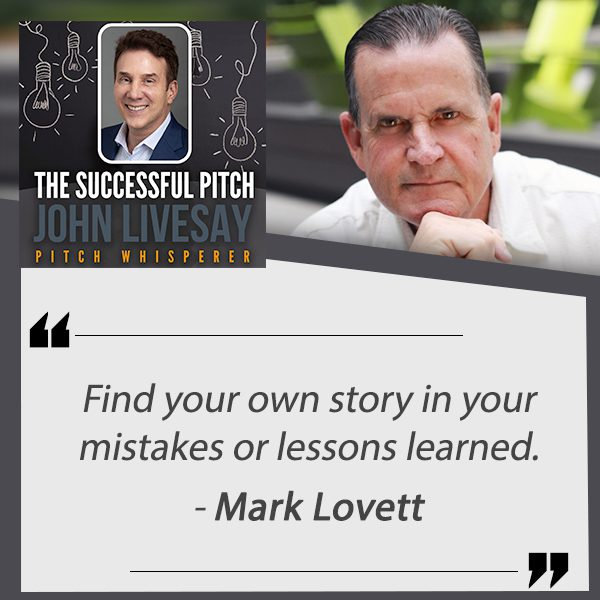Justin Black: The Story Statistics Don’t Tell @ TEDxFolsom
The most impactful TEDx Talks are those which can alter our perspective on a subject of consequence. Sometimes that means clarifying the nature of a critical problem, or framing it in a way that adds relevance to our lives. Even though we were already aware of the situation, we now see it in a different light. In some instances, however, a speaker will introduce us to a topic we were not aware of before, or use a term that we’re unfamiliar with to describe an issue.
This was the case for me when Justin Black began describing his experience with inherited trauma. I’ve worked with a number of speakers whose childhood was affected by traumatic family situations, and our conversations included their relationship with family members, but I hadn’t thought of their experiences from a standpoint of inheritance. Justin’s talk at TEDxFolsom altered my perspective.
“And simply, what you can do, is be one caring adult. Not just working to help someone beat the odds, but change the odds for families and communities for generations and generations to come.”
Although the experiences of our youth impact us, often times negatively, we have the option of acting differently in adulthood, and thus, prevent the next generation from going down a similar path. But it requires awareness of these impacts, and a commitment to make conscious decisions that will create a better future, and as Justin demostrates, it’s possible.
As you watch his talk, take note of how Justin explains the issue in a number of ways: describing his experiences (both while growing up and later as an adult) meeting the woman who he would later marry and become parents with, and providing details on the ACES Assessment. At times his talk is painful, while at other times joyful. A key element that makes the narrative flow, is his use of humor.
There’s a transcript of his talk below, and I invite you to give it a read, as you’ll come to see how Justin structured his talk and transitioned from one story element to the next.
If you want to know more about the journey that Justin and Alexis have been on, as they help the world redefine what normal looks like I highly recommend reading their book, Redefining Normal.
Transcript
July 11, 2016, a day I would never forget, in the week that changed my life forever. I was a freshman at Western Michigan University, starting an orientation week at my scholarship program. And on the first day of orientation, I walked into a busy room filled with conversation. As a nervous freshman, I tried to find a table with the least amount of people, farthest in the back.
I came across a table with three students, and one student in particular, told me all about her summer of studying abroad in South Africa. I mean, from bungee jumping, shark cage diving, sky diving, even getting four tattoos while there. And then, it was my turn to tell her about my amazing summer, as a waiter at TGI Fridays.
But all in all, college for me was an opportunity to have a fresh start. Not a fresh start that showcased my authenticity, but pretty much the opposite. For me, I wanted to bury the memories of being the kid who didn’t have heat on Christmas morning. I wanted to bury the memories of being the kid who had his water cut off at various times of the year. And I wanted to bury the memories of being the kid who literally had to fight in school just to gain respect.
So college for me was an opportunity to hit the reset button and actually put on a mask. But Thursday, that Thursday, I felt exposed. Our first activity that Thursday consisted of two presenters passing out note cards to each student in our cohort. And with these note cards, they asked us to write something down that we had been through that no one would know by looking at us.
And not only that, pass those note cards to the front of the room to be read aloud anonymously. I mean, here I am, trying to run away from my past, and here it is right in front of me again. But the stories of triumph, the stories of overcoming that I heard from my fellow cohort members, it gave me a sense of truth and a spirit of authenticity.
And then it finally hit me. It finally hit me. I was reminded of why we were all together in that room, why each and every one of us sat in the seat that day. The truth was that this was a program for foster youth in higher education. Each and every one of us was working to defy the odds, to join a 3% of foster youth to graduate from college. Each and every one of us, as former foster youth, was working to overcome generational burdens, many of us generational traumas, from four to five generations maybe, that we didn’t choose, we didn’t want to accept, but it was put on us to overcome.
And it’s safe to say that after that activity, my conversations for the rest of the week were less casual and more authentic. So the girl with the tattoos and I, we went for a walk that evening around campus. We ended our night in the lawn of our dormitory, watching the moon peek above the buildings on campus. While laying in the grass, we started to share what led us to this point in life.
What had us join this program, and even telling stories of some of our traumatic experiences. As she began to share, I remember noticing which note card was hers. She looked down in the grass with her eyes filled with tears. And she began to share with me that both her mother and her grandmother were victims of suicide.
I grabbed her hand to affirm how she felt in that moment. Then I begin to share my story. That there were two generations of drug abuse on my mom’s side of the family, and three generations of domestic violence on my dad’s side of the family. And these, everyone, these are the examples of the invisible burdens that many of us are carrying around.
While you may not have gone through what I’ve experienced or gone through what she’s experienced, each and every one of us, each and every one of us have things in our past, a family history, and many of us have traumas that we are working to overcome. These are what I would like to call inherited traumas.
Inherited traumas being generational traumas that are normalized by the previous generation, maybe your parents, maybe your grandparents. Generational traumas normalized by the previous generation and passed down to you, maybe as a part of your identity, maybe even a part of a cultural standard, but ultimately normalized in your lifetime and passed down to you.
Now, four years from that moment of laying in the grass and the greatest year of all of our lives, it’s 2020, right? Hopefully not reminiscing about it, don’t think about it, it’s okay, it’s all right, I won’t take you back. But four years from that moment, I was blessed to have the girl that I met during the orientation week become my wife.
And while marriage has been amazing, it’s been such a blessing, we had to be intentional about our past, that our past doesn’t influence our future in a relationship that we have today. But the question I have for you all, the question I want you to think about as you leave here today, is how long will we allow inherited trauma to impact who we are today?
How long will we allow inherited trauma to impact the relationship that we form? And how long will we allow inherited trauma to impact the future of our families? Now, before we were married, while we were still dating, we took an exam called the ACES Assessment. By show of fans, how many of you have heard of the ACES Assessment? How many of you have taken the ACES Assessment? Quite a few people.
ACES stands for Adverse Childhood Experiences. It’s one of the greatest predictors of our future outcomes. It assesses child abuse and childhood experiences as a public health problem. Based on your social and economic status, of where you work, live, play, and learn, some of us may have experienced more ACEs, or traumatic experiences than others. The ACEs Assessment is on a scale of one to ten. With one being the least amount of traumatic experiences, and ten being the most amount of traumatic experiences.
While we knew we had some things in our past we needed to work out and deal with, we were completely unaware of the score we would receive. And for me, while I took the ACES exam, I remember going question after question, marking a yes, and then another yes, and then another yes. And then, as heartbreaking as it was, we received our score. I had a score of a nine, and my wife had a score of a ten. The two highest scores you can receive on the exam. I guess for me on the bright side, this is one of the exams in my life where I did have a high score, so I was pretty happy about that. I’m like, hey, let’s celebrate that, you know?
But honestly, what’s the story behind the numbers? You see, two-thirds of participants have at least one or more ACE on the assessment. While one in five participants score at least a three or higher on the assessment. But let’s take it a step further. Taking it a step further, we have the different categories of ACEs. These categories of ACEs consist of abuse, neglect, and household dysfunction. These are the categories in which the assessment is based off of.
But let’s take it a step further. A step further than the numbers, and a step further than the categories themselves. I would like to highlight the iceberg. We see the tip of the iceberg is what we would like to show to the outside world; our actions, our behaviors, and for me for a long time, my accomplishments. The things we would like to highlight or showcase to the outside world.
But what’s underneath the tip of the iceberg? What’s underneath the tip of the iceberg, a lot of times is our traumas, our ACEs, our family histories, and maybe for you it’s something that many of us, that we’ve written down in a note cart that people would know about us, and something we have yet to deal with. And if we haven’t dealt with what’s underneath the tip of the iceberg, if we haven’t dealt with that yet, and it goes unaddressed, and it goes unresolved, it can easily become a part of our inherited trauma.
And then it doesn’t just become an inheritance just to you, it becomes an inheritance also for your children as well. And speaking of children, my wife and I wanted to wait at least four to five years before having children once we were married. But 2022 came rolling around, and one day she told me that her body starts to feel a bit different, and many of you know exactly what that means. So we decided to take a pregnancy test, and we saw two red lines. Two red lines that changed our life forever.
After a few Google searches, not knowing exactly what that meant, shocked, confused, we took five more pregnancy tests. We had to be sure. But August 2022 came, and we had our baby girl. And while being a parent has been such an eye-opener, has been incredible, has been amazing, I still have this sense of fear in my heart that, what if my generational trauma, what if my inherited trauma, the things that have been normalized for me as a child -the abuse, the neglect, the household dysfunction – what if what’s been normalized to me, becomes normal to her? What if my inherited trauma becomes an inheritance to her?
You see, all of our children are looking at us to lead them, to guide them, and to create the example for them, and looking at us to create their normal. But what happens when generational trauma becomes our normal? You see, when generational trauma becomes normalized, it turns into violence ripping apart families and communities. When generational trauma becomes normalized, it turns into substance abuse tearing apart entire family’s neighborhoods. And when generational trauma is normalized, it leaves nine-year-old boys like me, joining nearly half a million kids, a part of the foster care system in America.
So what do we do? How do we redefine the normal? How do we redefine the normal for ourselves, for families, and communities, and those around us? You see, if you were to draw a circle of 0.6 mile radius around a child’s home, you will be able to predict their future outcomes. Based on your environment, their education, neighborhood, and most importantly, parental influence. Yes, I believe that parental influence is the game changer. Of how we love, lead, and guide the next generation can make a world of difference.
In fact, studies showed that kids who grew up in a two-parent household are 40% more likely to graduate from college. And that’s just one aspect of parental influence. But all of us in this room, we play different roles. Some of you may currently be parents. Others may be parents down the line. And many of us know someone who’s raising a child.
So what are some simple but impactful things that we can do to make a world of difference for the society around us? Number one, the number one thing I believe we can do, is have a vision for our relationship, a vision for our relationship that consists of challenging one another to be a better version of ourselves.
Maybe it looks like you taking the ACES Assessment before you join together in a relationship. Maybe that looks like you going home, digging through your drawers, finding a note card, and writing something down that you’ve been through that people wouldn’t know by looking at you. And asking yourself, have you dealt with what’s on that note card?
The number two thing I would say, the number two thing we can do to redefine a normal is invest in the future of our children. Invest in the future of our children. While financial investment is amazing, it’s important, it’s incredible, I love it. But even more important, and even more impactful is investing in our children. What it looks like, is making sure that they can grow up and be loving and caring parents themselves, making sure that they become loving and caring parents themselves. But also being aware that we need to raise our children, knowing that how we treat them today, would be the same way they treat others when they become an adult.
And last but not least, easily most importantly, as a wise and amazing man once said, is to love your neighbor as you love yourself. While many of us play different roles, not all of us will be parents, but we can be amazing tutors, we can be incredible mentors, and we can all be loving neighbors. And as stated by Josh Ship, “Every child is one caring adult away from being a success story.”
So how can you be that caring adult? How can you redefine a normal? You must become intentional with the relationships that you form. You must invest in the future of our children. And simply, what you can do, is be one caring adult. Not only just working to help someone beat the odds, but change the odds for families and communities for generations and generations to come.
Thank you.
◆
contact me to discuss your storytelling goals!
◆
Subscribe to our newsletter for the latest updates!
Copyright Storytelling with Impact – All rights reserved

